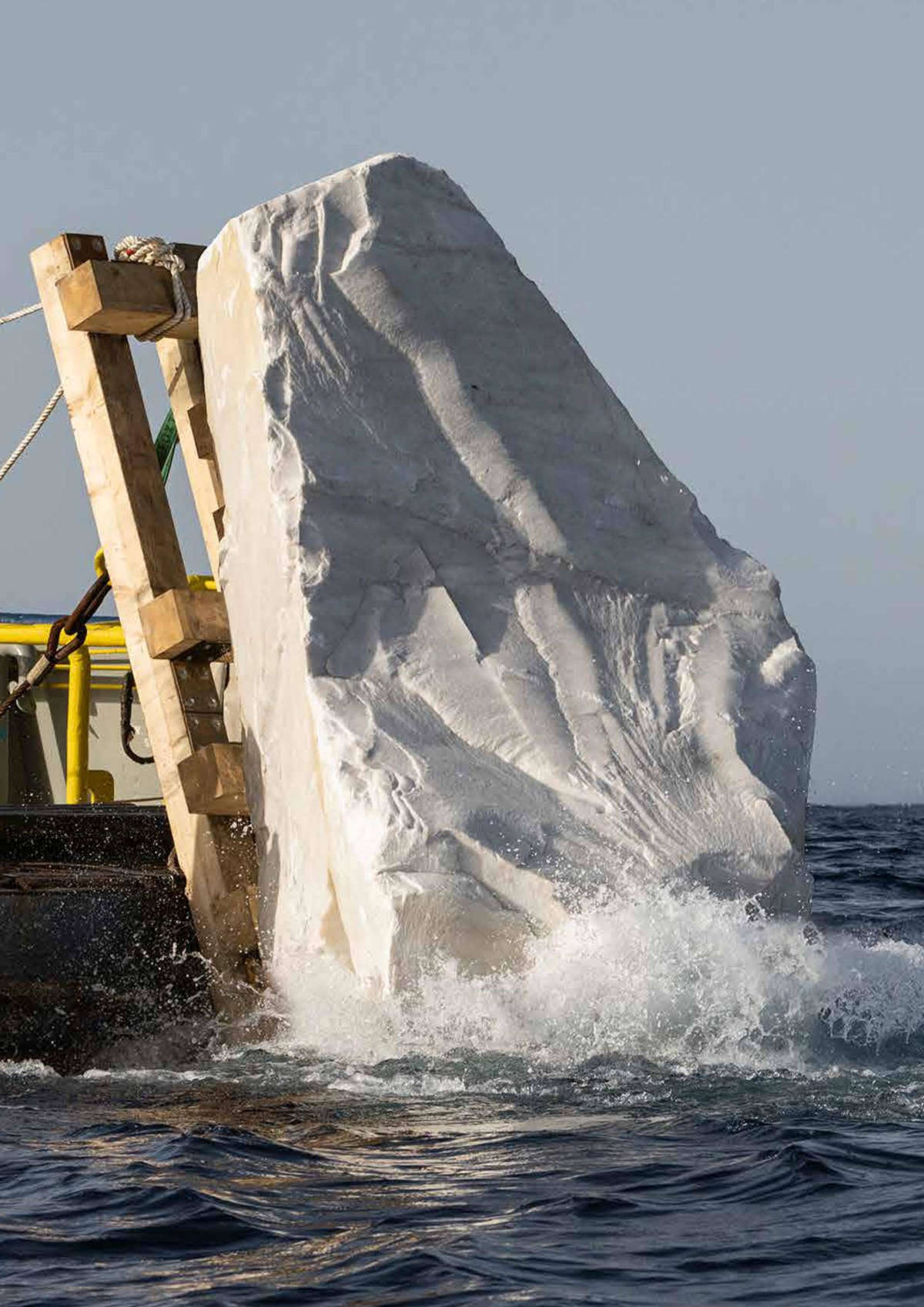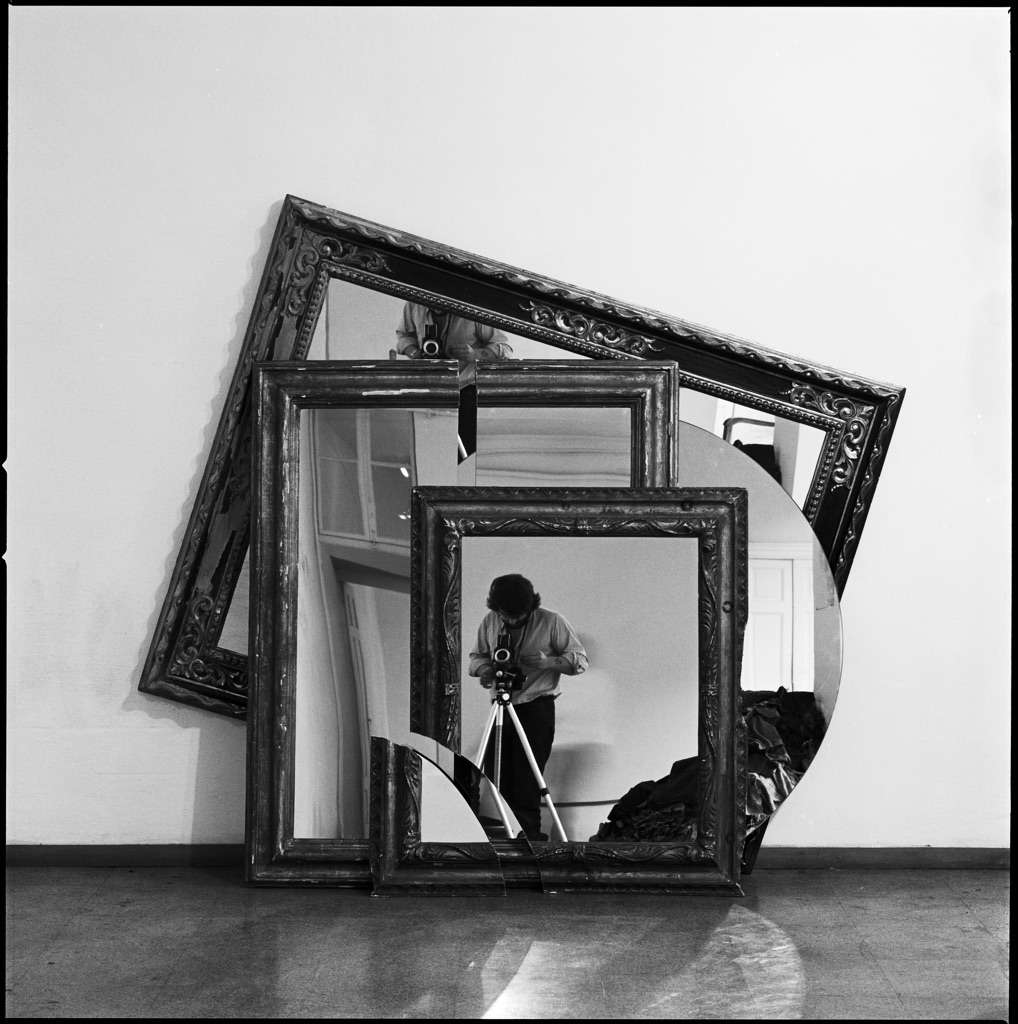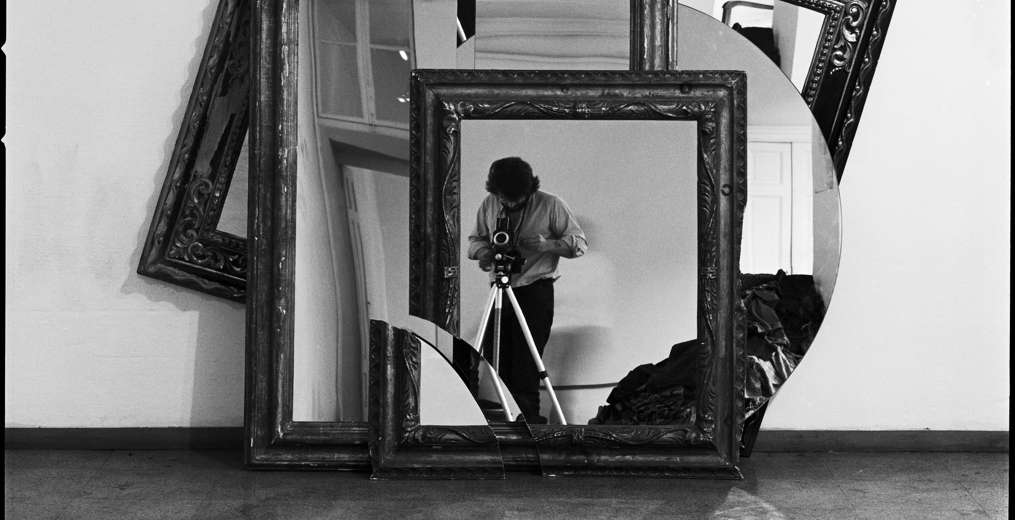Rossella Biscotti and Paolo Pellion star in new Castello di Rivoli exhibitions
Rossella Biscotti (Molfetta, 1978) and Paolo Pellion di Persano (Castagneto Po, 1947 - Turin, 2017): they are the protagonists of the upcoming exhibitions at the Castello di Rivoli. From April 21 to November 25, 2024, the Turin-based contemporary art museum presents the first institutional anthological exhibition of Rossella Biscotti (Molfetta, 1978) Title Primo, Ho sognato, Clara e altre storie curated by Marianna Vecellio. A leading figure in a generation of Italian artists, the artist has explored the history of our country by digging into layered and unresolved knots. Her most recent works explore resources, processes and the circulation of raw materials, as well as how the politics of nature, economics and gender are intertwined in complex narratives. Biscotti fuses research with the powerful expressiveness of sculptural forms and vibrant materials to create works of evocative enchantment and forensic precision.
Biscotti’s works are the result of collaborations with other disciplines including archaeology, anthropology, geopolitics, and environmental science. Using a wide range of languages including installation, sculpture, performance, sound and film, they are grounded in the relationship to history understood as an ecosystem of active relationships. The works on display show how, from the beginning, Biscotti has set his practice on the power of gesture and word, on the process of unveiling and excavation, through a multivocal language in which the use of sound is predominant. The exhibition presents some of the artist’s early works from the 2000s that explore the relationship between history and individual memories to recent investigations into the notion of energy understood as a tool for interpreting contemporaneity. The exhibition includes key works such as The Trial (Il processo), 2010-2016, an installation on the infamous trial in which a number of militants and intellectuals, former members of Potere Operaio and Autonomia Operaia, were tried throughout Italy on charges of terrorism. In addition, through the investigation of the female body and its objectification, further works explore different forms of exploitation, imprisonment and confinement. Included in the itinerary is Trees on land, 2021, from the collection of the Fondazione per l’Arte Moderna e Contemporanea CRT on loan to Castello di Rivoli. The work traces the impact of the xylella fastidiosa bacteria that recently devastated entire olive plantations in Puglia, leading farmers to burn thousands of trees to contain its spread.
The new work is a reflection on the relationships, historical and current, between extraction, landscape and subsoil through the metaphor of the circulation of raw materials and energy. Protagonists of the installation are steel pipes arranged like a full-scale oil pipeline that invades the exhibition space in diffuse, sprawling forms. The new production deals with the theme of the underground, which from an extractive basin is reinterpreted by the artist as a creative and regenerative space .The project is accompanied by a bilingual catalog, in Italian and English. The publication is the first comprehensive monograph on the Italian artist living in the Netherlands and offers an extensive analysis of her 20-year expressive practice including essays by the curator, Carolyn Christov-Bakargiev and Australian anthropologist Michael Taussig.


At the same time, from April 21 to September 8, 2024, an exhibition dedicated to the work of Paolo Pellion di Persano entitled Paolo Pellion di Persano. The simple story of a photographer, curated by Marcella Beccaria and Andrea Viliani. The exhibition presents a significant group of the author’s photographs, including many previously unpublished, and returns an extraordinary narrative in which the artistic and intellectual energy of Turin and its territory is the protagonist, along with the history of the Museum itself. The exhibition takes place in collaboration with the new EXPOSED Photography Festival, of which it is part of the official programming. Paolo Pellion of Persano. The Simple Story of a Photographer is supported by Photography Strategy 2023, promoted by the General Directorate for Contemporary Creativity of the Ministry of Culture. The exhibition starts from the beginnings in the 1970s, identifying thematic nuclei that punctuate the artist’s work: travel, the developments of Arte Povera, and is a unique opportunity to redefine the role of photography in artistic evolution in the context of Turin’s cultural life. Finally, in addition to the original prints, produced by the author, the exhibition also includes documentary material, including personal objects and working tools kept in his workshop in Castagneto Po. On the occasion of the exhibition, Castello di Rivoli is also publishing a bilingual (Italian/English) book, edited by Raffaella Perna, dedicated to Pellion’s work.
“Rossella Biscotti is a key exponent of the generation of Italian women artists that has emerged in the last 10-15 years that places Italian affairs on the international scene and vice versa. Her work touches on unresolved aspects of our country’s recent history, as well as global urgencies such as climate change, migration flows and gender issues. The attention and care she devotes to the transformation of historical narratives and materials into social, cultural and poetic questions continues a specificity of Italian artistic production that was inaugurated by Arte povera and plays a fundamental role in the generation of artists active in Italy today,” said Francesco Manacorda, director of the Castello di Rivoli.
“Rossella Biscotti is among the most interesting voices on the contemporary scene. The exhibition at the Castello di Rivoli,” says Marianna Vecellio, curator of the exhibition, “Dwells on the political, ecological and speculative potential of the circulation of energy understood, in its various forms, as a tool for interpreting and reading contemporaneity. The practices of immersion and ”extraction,“ of sinking and unearthing, of immateriality and solidification present in the artist’s work become strategies of resistance and liberation. From the perspective of the underground, between archaeology, industry and science fiction, the artist gives voice and body to what is not visible, generating new and possible languages of interpretation of the present and showing the potential for active resistance of human beings in today’s world.”
“Through his photographs, Paolo Pellion can be said to have been the first biographer in the history of the Museum of Contemporary Art at the Castello di Rivoli. The exhibition therefore recognizes Pellion in that role, and it happens precisely in 2024, the year in which we celebrate the 40th anniversary of the Museum,” say exhibition curators Marcella Beccaria, Deputy Director of the Castello di Rivoli and Head of CRRI, and Andrea Viliani, Director of the Museum of Civilizations in Rome and former Head of CRRI in the biennium 2020-2022.
Paolo Pellion di Persano studied political science in Turin and took his first photographs in the 1970s portraying places and people on his long trips to the East and documenting social unrest in Italy. In the same period he began to collaborate with more Arte Povera artists: he portrayed them, documented their works, and contributed to their work. From 1975 to 1986 for director Carlo Quartucci he photographs sets created by artists such as Paolini, Kounellis, Weiner, Kirkeby, Buren, Merz, Fabro, Nitsch. In 1984-85 he photographed Ouverture, the first exhibition of the Castello di Rivoli Museo d’Arte Contemporanea, whose activity he would document from then until 2012 and beyond. Parallel to art, from the early 1980s and for the next three decades, he produced hundreds of advertising campaigns in Italy and abroad for well-known clothing brands. A curious and inventive person, he has undertaken a variety of activities, related not only to photography, and has patented chairs, cribs, cribs and deckchairs produced and sold around the world and a portable darkroom contained in a suitcase. Very attached to his family home in the Piedmont countryside in Castagneto Po, he produced honey, grew lavender and mycorrhized plants for truffle production. In the last years of his life he devoted himself to reorganizing his archive and producing some photographic prints from his most significant art-related shots.
Practical information
Hours: Wednesday through Friday 10 a.m. to 5 p.m.; Sunday and Saturday 11 a.m. to 6 p.m.
Rates: Full € 10; Reduced € 6.50
 |
| Rossella Biscotti and Paolo Pellion star in new Castello di Rivoli exhibitions |
Warning: the translation into English of the original Italian article was created using automatic tools. We undertake to review all articles, but we do not guarantee the total absence of inaccuracies in the translation due to the program. You can find the original by clicking on the ITA button. If you find any mistake,please contact us.




























